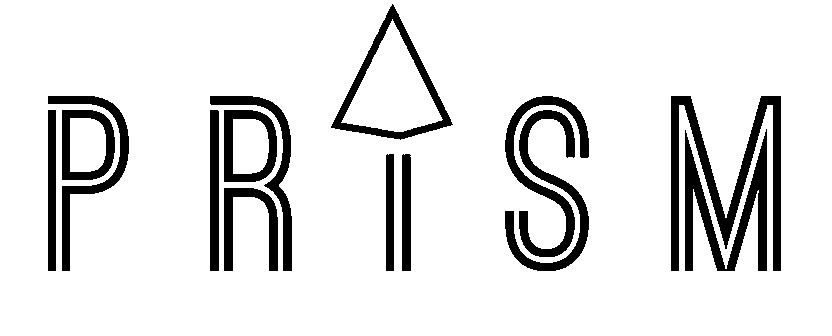Goldfish Brains & Monkey Minds: The Real Truth
- brandi0704
- Jul 2
- 4 min read

You've probably heard the statistic: humans now have shorter attention spans than goldfish. While that 8-second claim has been debunked (goldfish actually have much longer attention spans than we thought!), the underlying truth remains - our minds are more scattered than ever.
Recent neuroscience research reveals something fascinating: the average person has between 12,000 to 60,000 thoughts per day, and studies from Harvard show that 95% of these thoughts are repetitive. Dr. Judson Brewer's research at Brown University demonstrates that our "default mode network" - the brain's screensaver when we're not focused - is hyperactive in our modern world, creating what Buddhists have long called "monkey mind."
A 2023 study published in Nature Neuroscience found that our attention spans aren't actually shrinking - they're being hijacked. Our brains are doing exactly what they evolved to do: scan for threats and novel stimuli. The problem? We're living in an environment of constant stimulation that keeps our nervous systems in a perpetual state of alert.
But here's what the research also shows: we can retrain our brains. And that's where the body comes in.
How PRiSM Was Born (And Why It Actually Works)
When I started PRiSM, I didn't set out to create a method that would trick monkey minds. I took my years and wisdom from being a physical therapist, deeply educated in the mechanics of position and posture, fascinated by how the body holds patterns and how breath affects every system.
For years, I studied integration - how mind and body communicate, how mindfulness practices can shift physical patterns, how breath can literally rewire our nervous systems. I watched clients transform when they learned to align their posture with intention, when they discovered that their breath was their most reliable tool for emotional regulation.
But something was missing.
Even with perfect posture alignment, even with beautiful breathing techniques, even with solid mindfulness practices, people would still get stuck. Their minds would take over, forcing them to "push through" instead of allowing natural healing to occur.
That's when I discovered the missing piece: Somatic Awareness - the "S" in PRiSM.
The Magic of the "S" - Why Somatic Awareness Changes Everything
Neuro-somatics became my passion because I realized this is where the real transformation happens. The "S" in PRiSM isn't just about feeling sensations in your body - it's about giving yourself permission to be human.
The S allows the Silly to come out. The Soft to be accepted. The Spontaneous to emerge.
Instead of forcing yourself to "fix" your scattered mind or push through with willpower, you learn to trick your nervous system with somatic techniques. You drop into your body's wisdom instead of fighting your brain's chatter.
When a client is stuck in mental loops, I don't ask them to think their way out. I ask them to feel their feet on the ground. To notice where their breath is happening. To let their shoulders soften. To maybe even make a silly sound or gentle movement.
The monkey mind doesn't know what to do with this. It's expecting a fight, but instead it gets curiosity. It's braced for forcing, but instead it finds softness.
Why This Actually Works (The Science Behind the Magic)
Dr. Stephen Porges' Polyvagal Theory shows us that we can't think our way into nervous system regulation - we have to feel our way there. When we drop into somatic awareness, we're literally activating the vagus nerve, shifting from sympathetic (fight-or-flight) to parasympathetic (rest-and-digest) nervous system activation.
Recent research from Dr. Bessel van der Kolk confirms what somatic practitioners have known for decades: "The body keeps the score," and healing happens through the body, not around it.
PRiSM works because it doesn't fight your goldfish brain or try to tame your monkey mind. Instead, it gives you a roadmap:
* Posture: Align your physical position to support mental clarity
* Respiration: Use breath as your nervous system's reset button
* Integration: Weave mind, body, and spirit together
* Somatic Awareness: Feel your way into regulation and healing
* Mindfulness: Anchor into the present moment through embodied awareness
The beauty of PRiSM is that when your mind is spinning, you don't need to stop the spinning. You just need to drop into your body, breathe, and let the somatic wisdom take over.
Your goldfish brain isn't broken. Your monkey mind isn't the enemy. They're just looking for a different kind of attention - the kind that comes through feeling, not thinking.
Ready to experience PRiSM for yourself? Join me for a private session where we'll explore how your unique nervous system responds to somatic awareness, or try one of my classes where we practice these techniques together. Because sometimes the best way to trick a scattered mind is to love it back INTO your body.
Karla Hollan is a retired physical therapist, somatic movement educator, and creator of the PRiSM Method. She currently teaches virtually and in-person at Embody Costa Rica, helping people discover that their body's wisdom is far more reliable than their mind's chatter.




Comments